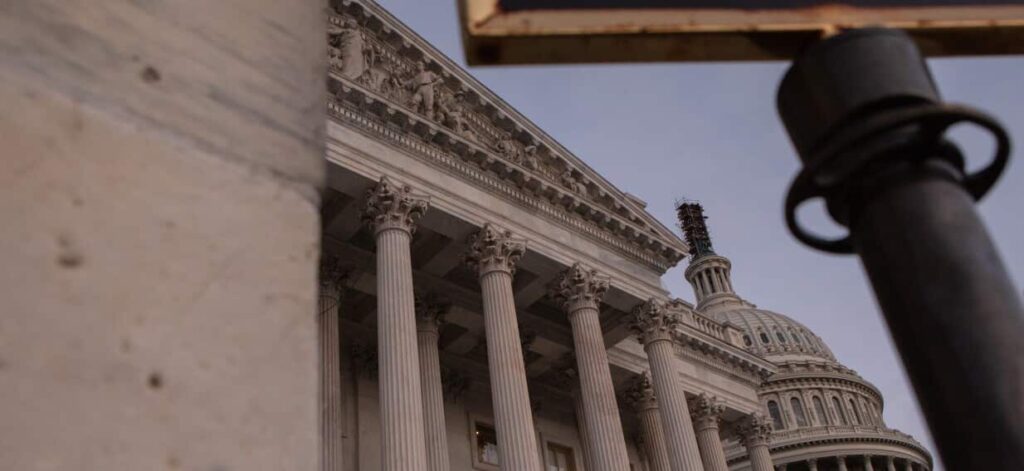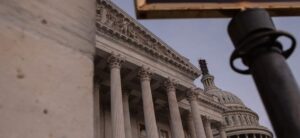
The United States government shutdown has now become the longest in the nation’s history, reaching its 36th day and surpassing the previous record set during former President Donald Trump‘s first term in 2019. As of Wednesday, local time, the impasse shows no signs of resolution, with significant political tensions continuing to hinder progress.
While Trump and Republican lawmakers have pointed fingers at the Democrats for the shutdown, a recent NBC News poll reveals that 52 percent of American voters hold Trump and congressional Republicans responsible, compared to 42 percent who blame the Democrats. The shutdown commenced due to a failure to pass a funding bill before the expiration of the previous federal budget, a recurring issue in US governance since 1981.
Rachel Snyderman, managing director of economic policy at the Bipartisan Policy Center, noted that political divisions remain stark. “The political climate and the tensions that exist between the parties were so wide at the beginning of the shutdown, and even though bipartisan talks have continued, they remain at this point still just as wide,” she stated in an interview with Reuters.
The current Republican-led Congress has a 53-47 majority in the Senate, but they require at least 60 votes to pass the funding bill. Although two Democrats and an independent senator have supported the legislation, two Republican senators have voted against it. Consequently, Senate Republicans need five additional votes from Democrats to effectively reopen the government.
Democratic leaders assert they will only agree to end the shutdown once their demands for healthcare insurance subsidies are met. Republicans, on the other hand, insist they will not address these healthcare issues until the Democrats agree to vote for the funding bill. In an effort to expedite the process, Trump has directed Republican senators to consider bypassing the Senate filibuster, a move that would allow them to reopen the government without Democratic votes.
To eliminate a filibuster, senators would need to formally abolish the rule or impose a ban on it for specific motions. However, this approach has been rejected by Republican leaders, including John Thune, the Senate Minority Whip.
Despite the ongoing deadlock, there are indications of potential progress. The Washington Post reported that a bipartisan group of senators is working towards a compromise. Notably, 12 Senate Democrats have signaled their willingness to support a proposal that could help restore government operations.
On Wednesday, Chuck Schumer, the Senate Majority Leader, and Hakeem Jeffries, the House Minority Leader, sent a letter to Trump requesting a bipartisan meeting to discuss a resolution to the shutdown. “Democrats stand ready to meet with you face to face, anytime and anyplace,” they stated.
The consequences of the shutdown are significant. According to the Congressional Budget Office, the shutdown could cost the US between an estimated $7 billion and $14 billion. Furthermore, approximately 700,000 federal workers have been working without pay since the shutdown began, impacting their livelihoods.
In addition to federal employees, around 42 million Americans relying on the Supplemental Nutrition Assistance Program (SNAP), commonly known as food stamps, have experienced delays in benefits since October 1, 2023. The shutdown has also disrupted air travel, with over 3.2 million passengers affected by flight delays and cancellations.
As the situation continues to evolve, the need for bipartisan cooperation has never been more apparent. The resolution of this shutdown will require significant dialogue and compromise from both parties to alleviate the growing economic and social impacts on millions of Americans.






